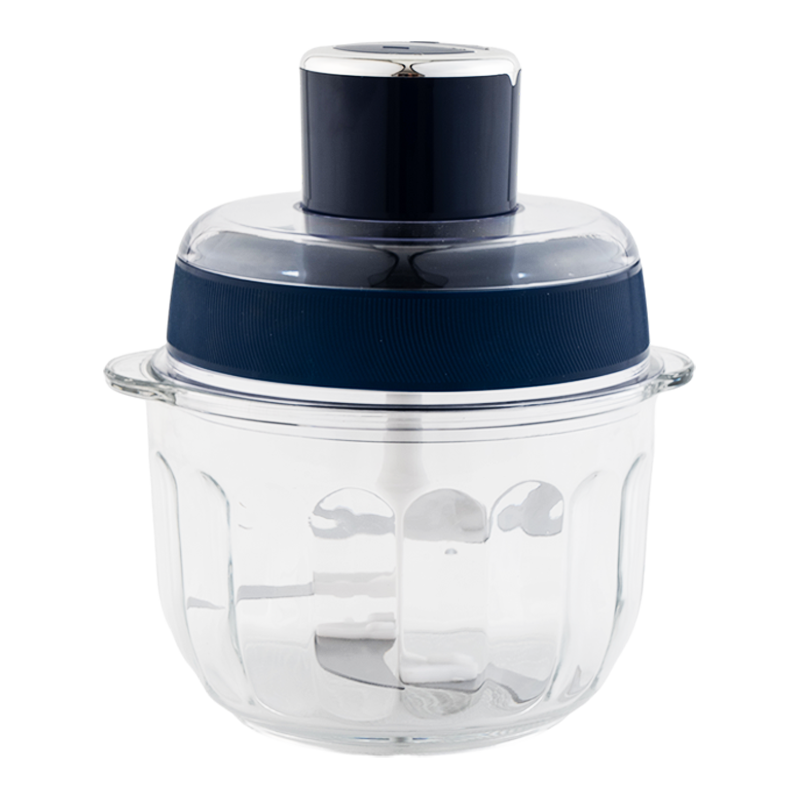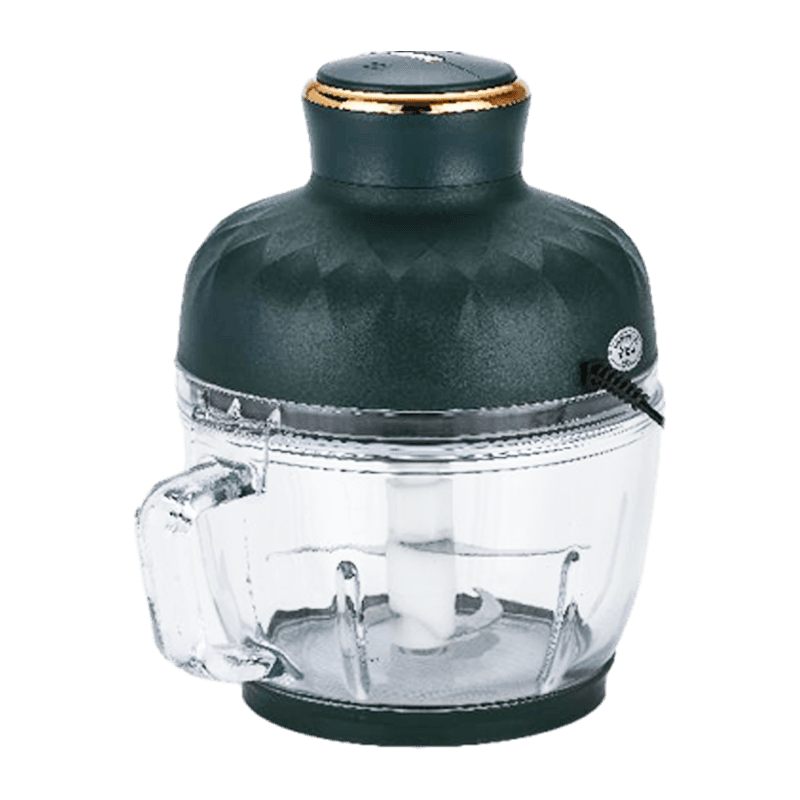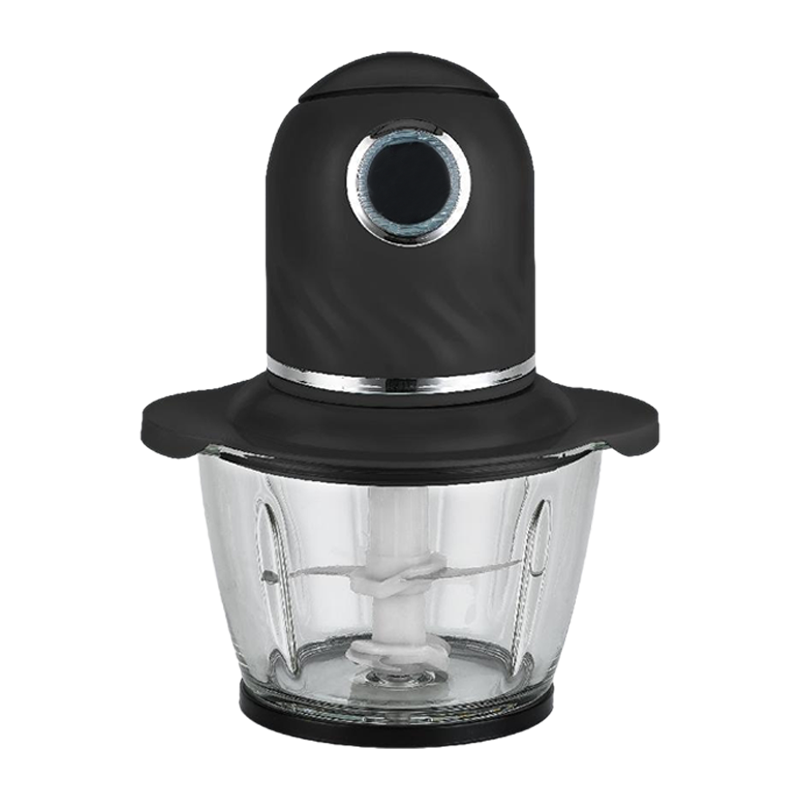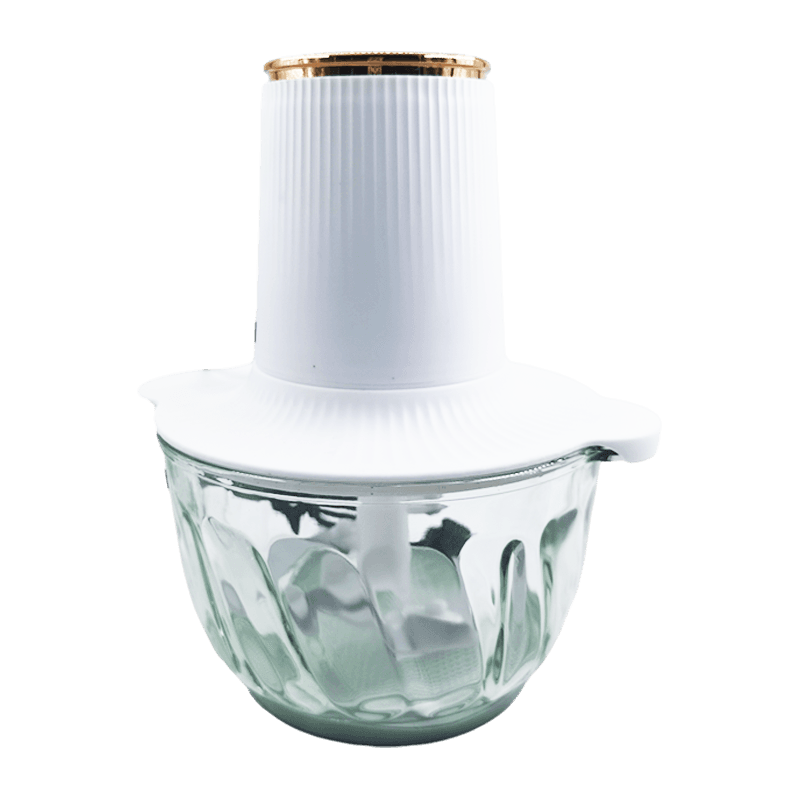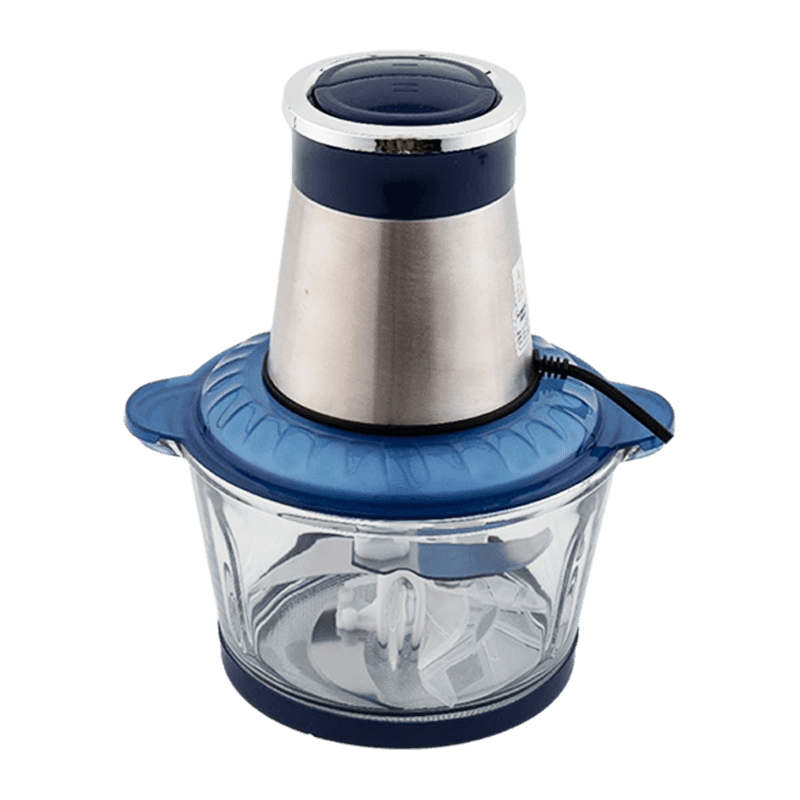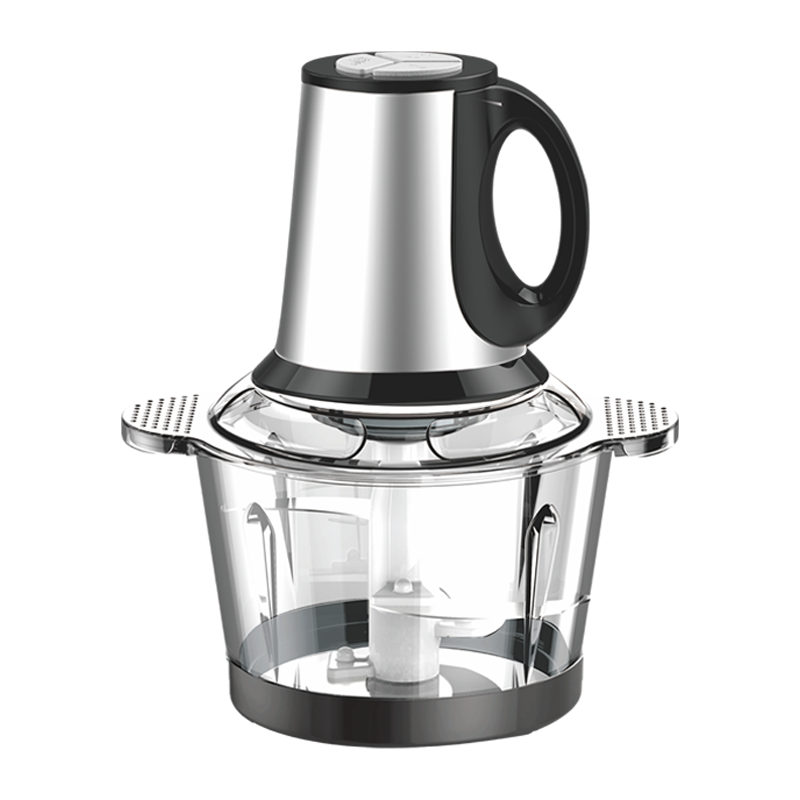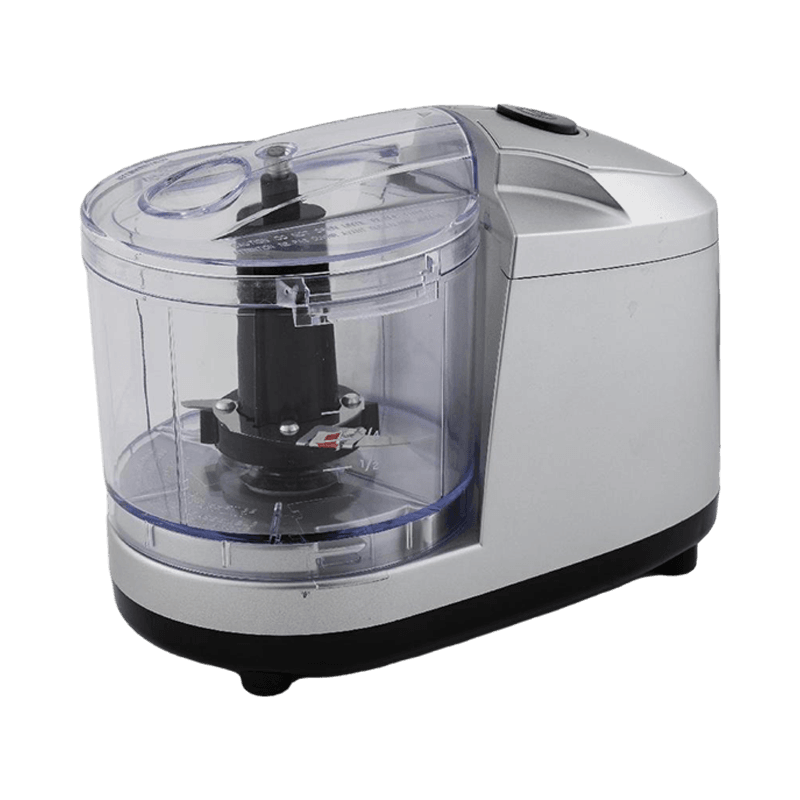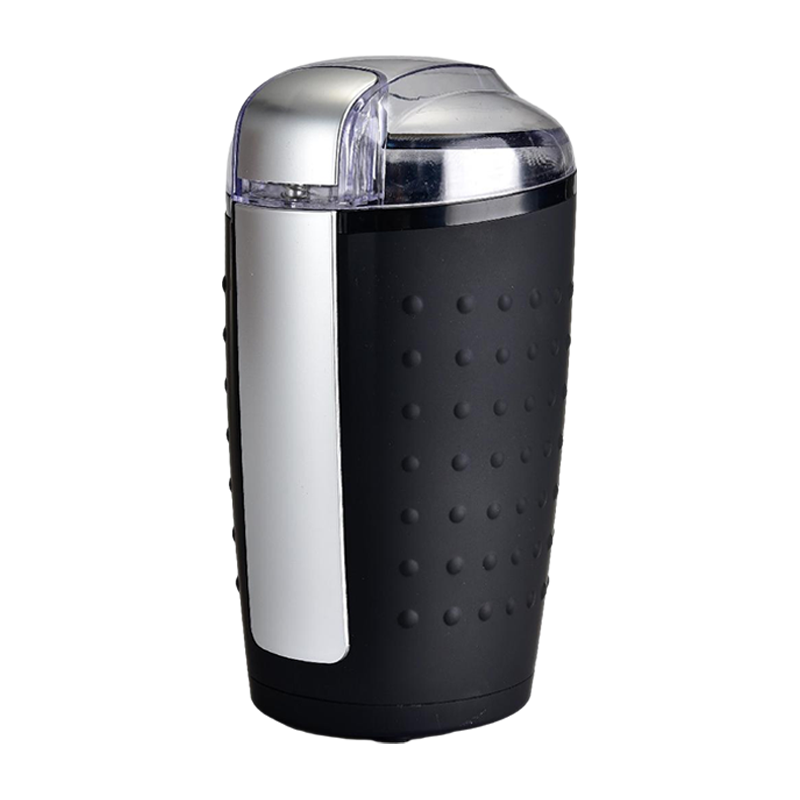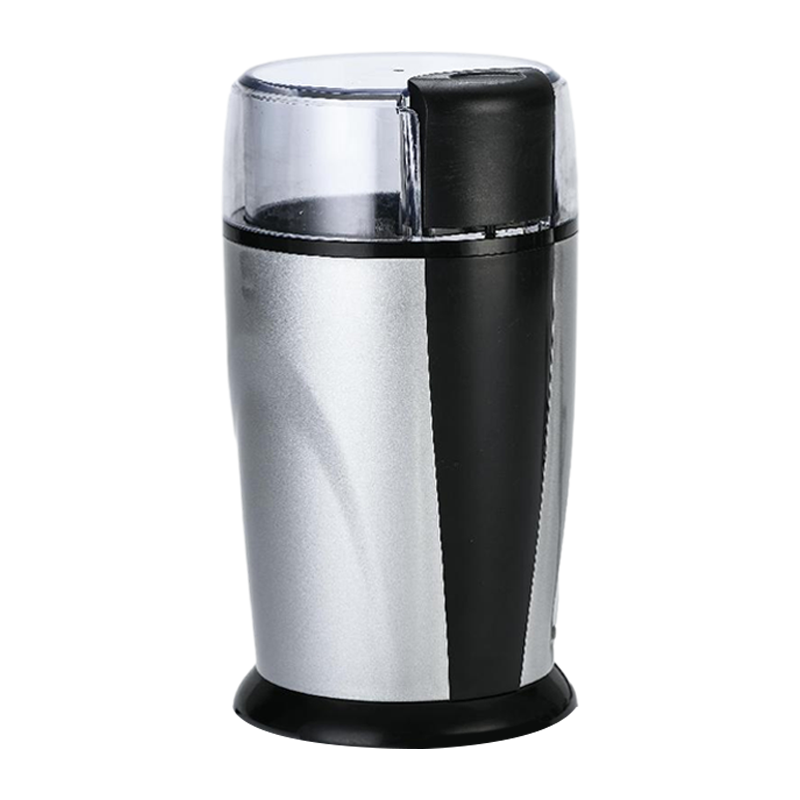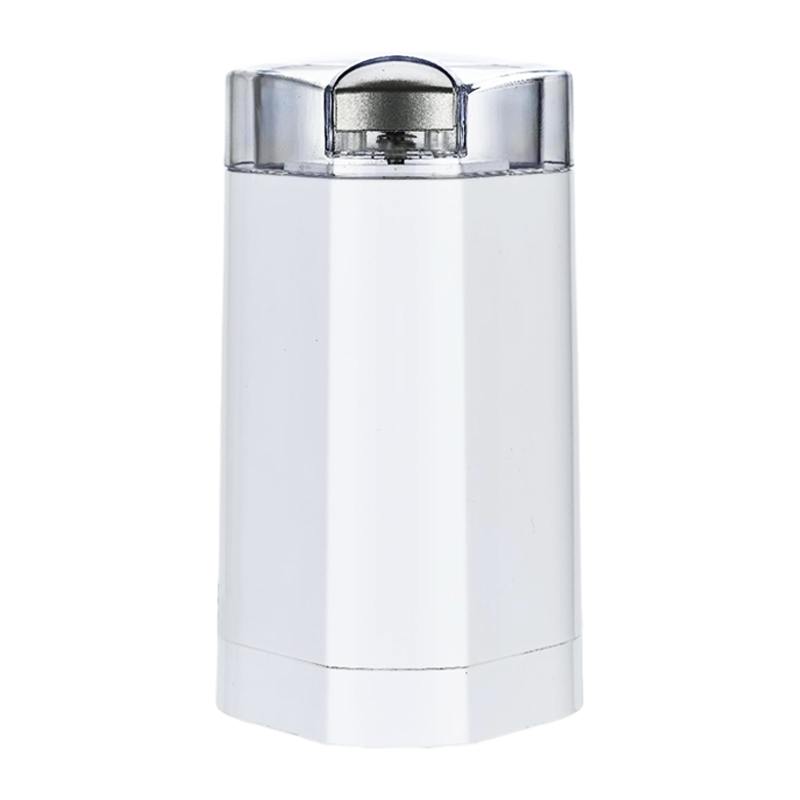In the modern kitchen, convenience and efficiency are everything. Whether you are an experienced home baker, a smoothie enthusiast, or someone who simply enjoys cooking, the right appliance can save time and effort. Among the most popular tools are hand mixers and immersion blenders—but the options don’t stop there. Devices like the mini blender and the hand blender also offer unique advantages.
Choosing between these appliances isn’t just about power—it’s about understanding their features, strengths, and best applications. In this guide, we’ll explore what each tool is, what it does best, and how they compare side by side.
What is a Hand Mixer?
A hand mixer is a handheld electric appliance with detachable beaters or dough hooks. It is widely used for mixing, whipping, and beating ingredients.
Features and Advantages of Hand Mixers
-
Consistent Mixing Power – Handles batters, whipped cream, cookie dough, and more.
-
Multiple Attachments – Standard beaters, dough hooks, and sometimes balloon whisks.
-
Compact and Lightweight – Easy to carry, store, and clean compared to a bulky stand mixer.
-
Variable Speed Control – Precise mixing for different recipes.
Applications of Hand Mixers
-
Whipping cream or egg whites into stiff peaks.
-
Mixing cake batter, pancake batter, or brownie mix.
-
Kneading small amounts of dough.
-
Preparing light mashed potatoes or frostings.
What is an Immersion Blender?
An immersion blender, also known as a stick blender or hand blender, is designed with a motorized blade at the end of a stick. Unlike countertop blenders, immersion blenders can be immersed directly into pots, bowls, or cups.
Features and Advantages of Immersion Blenders
-
Blend Directly in Containers – No need to transfer food into a separate jar.
-
Slim and Portable – Space-saving and fits easily in kitchen drawers.
-
Versatile Blending Options – Purees soups, makes smoothies, and emulsifies sauces.
-
Easy Maintenance – Detachable shaft for quick cleaning.
Applications of Immersion Blenders
-
Pureeing hot soups directly in the pot.
-
Blending smoothies, milkshakes, or protein drinks.
-
Making sauces, mayonnaise, or salad dressings.
-
Preparing baby food quickly and safely.
What is a Mini Blender?
A mini blender is a compact countertop appliance designed for small servings, making it ideal for personal smoothies, protein shakes, and quick blends.
Features and Advantages of Mini Blenders
-
Single-Serve Convenience – Perfect for individuals or fitness enthusiasts.
-
Portable and Lightweight – Often comes with travel cups and lids.
-
Quick Operation – One-touch blending for fast results.
-
Affordable Option – Usually cheaper than large blenders.
Applications of Mini Blenders
-
Preparing morning smoothies or protein shakes.
-
Blending fruit juices or vegetable drinks.
-
Making small quantities of sauces or dips.
What is a Hand Blender?
While the term hand blender is often used interchangeably with immersion blender, some models include attachments like whisks, choppers, or mini food processors. This makes them more versatile than a simple stick blender.
Features and Advantages of Hand Blenders
-
Attachment Variety – Includes chopping bowls, whisk attachments, and blending cups.
-
Durable and Practical – Handles hot and cold ingredients.
-
Space-Saving – More compact than countertop appliances.
Applications of Hand Blenders
-
Blending soups, sauces, and dips.
-
Preparing homemade mayonnaise or salad dressings.
-
Chopping vegetables or herbs with attachment bowls.
-
Whipping cream or eggs with whisk attachments.
Detailed Comparison: Hand Mixers vs. Immersion Blenders vs. Mini Blenders vs. Hand Blenders
To make it easier, here’s a side-by-side comparison of these appliances:
| Appliance | Primary Function | Key Features | Best For | Advantages | Limitations |
|---|---|---|---|---|---|
| Hand Mixer | Mixing, whipping, beating | Beaters, dough hooks, multiple speeds | Baking, batters, whipped cream | Precise mixing, compact, affordable | Not suitable for blending soups or smoothies |
| Immersion Blender | Blending directly in pots/bowls | Slim design, detachable shaft | Soups, sauces, baby food | Saves time, easy to clean, versatile | Limited for heavy doughs or thick batters |
| Mini Blender | Small-batch blending | Single-serve cups, portable | Smoothies, shakes, juices | Travel-friendly, quick results, budget option | Not suitable for hot soups or large recipes |
| Hand Blender | Multi-purpose blending | Comes with attachments | Sauces, dips, chopping, blending | Highly versatile, space-saving | Less powerful than full-size blenders |
Buying Considerations: How to Choose the Right Appliance?
When deciding between a hand mixer, immersion blender, mini blender, or hand blender, consider the following factors:
-
Cooking Style
-
If you bake often → choose a hand mixer.
-
If you make soups and sauces → an immersion blender is best.
-
If you prefer smoothies and shakes → go for a mini blender.
-
If you need multi-purpose flexibility → a hand blender with attachments is ideal.
-
-
Kitchen Space
-
Small kitchens benefit from compact options like immersion blenders and mini blenders.
-
-
Ease of Cleaning
-
Immersion and hand blenders are generally easier to clean than hand mixers with multiple beaters.
-
-
Budget
-
Mini blenders are the most budget-friendly.
-
Hand mixers and immersion blenders are mid-range.
-
Hand blenders with attachments can be slightly pricier but more versatile.
-
Key Takeaways
-
Hand Mixers: Best for bakers who need consistent mixing power.
-
Immersion Blenders: Perfect for soups, sauces, and baby food.
-
Mini Blenders: Great for quick smoothies and on-the-go drinks.
-
Hand Blenders: Offer extra versatility with attachments.
By considering your cooking habits, kitchen space, and budget, you can choose the appliance that perfectly suits your lifestyle.
When to Use Which?
Choosing between a hand mixer, immersion blender, mini blender, or hand blender often depends on the type of food you are preparing, the texture you want to achieve, and how much cleanup you are willing to do. Each tool has unique strengths that shine in particular kitchen situations.
-
Hand Mixer for Baking Tasks
If your main goal is mixing dough, beating eggs, or preparing cake and cookie batters, a hand mixer is the best choice. Its dual beaters and consistent speed control make it ideal for aerating mixtures and achieving the light, fluffy textures that baked goods require. Unlike an immersion blender, it does not puree but excels in incorporating air and blending dry and wet ingredients evenly. -
Immersion Blender for Soups and Sauces
When you need to puree directly in the pot, such as making creamy soups, tomato sauces, or baby food, the immersion blender is unbeatable. Its wand design allows you to blend hot liquids safely without transferring them to another container. Compared to a hand mixer, it delivers smooth, silky results in liquid-heavy recipes. -
Mini Blender for Quick Single Servings
For smoothies, protein shakes, or quick fruit blends, a mini blender is the most convenient option. It is portable, easy to clean, and perfect for single-serve recipes. If you are someone who prepares breakfast on the go or wants a compact appliance for light blending, the mini blender offers speed and simplicity that neither a hand mixer nor immersion blender can fully match. -
Hand Blender for Versatility
A hand blender, often interchangeable with an immersion blender, sometimes comes with extra attachments like whisks or choppers. This makes it a hybrid tool—capable of blending soups like an immersion blender, but also handling light mixing tasks. For small kitchens where space is limited, a hand blender with multiple attachments can replace several appliances. -
Efficiency and Cleanup Considerations
-
If you want minimal cleanup, the immersion blender and hand blender are easier to rinse off.
-
If you want larger batch blending (like several smoothies or bread dough), the hand mixer or mini blender may be better.
-
For versatility, a hand blender with attachments can balance both blending and mixing needs.
-
-
Frequency of Use and Storage Space
-
Use a hand mixer if you frequently bake.
-
Use an immersion blender if you often make soups, sauces, or creamy drinks.
-
Use a mini blender if you prioritize portability and quick single-serving drinks.
-
Use a hand blender if you want one tool to handle a wide range of light blending and mixing tasks without cluttering your kitchen.
-
Choosing between a hand mixer, immersion blender, mini blender, or hand blender depends on the recipe, texture you want, and your cooking style. Below is a quick reference table to guide you:
| Cooking Scenario | Best Tool | Why It Works Best |
|---|---|---|
| Mixing cake batter, whipping cream, or beating eggs | Hand Mixer | Delivers aeration and fluffy textures, perfect for baking tasks and incorporating ingredients evenly. |
| Pureeing hot soups, sauces, or baby food directly in the pot | Immersion Blender | Blends hot liquids safely without transferring, creates smooth, silky textures. |
| Making quick smoothies, protein shakes, or single-serve drinks | Mini Blender | Compact, portable, and easy to clean—great for on-the-go blending. |
| Handling versatile kitchen needs (light mixing + blending) in small kitchens | Hand Blender | Combines blending and light mixing functions, often with attachments like a whisk or chopper. |
| Preparing larger batches (bread dough, multiple smoothies) | Hand Mixer or Mini Blender | Provides the power or capacity needed for more volume. |
| Quick cleanup after cooking | Immersion Blender or Hand Blender | Small parts are easy to rinse, less mess compared to traditional mixers. |
Key Takeaways
-
Choose a hand mixer if you bake often and need aeration for doughs and batters.
-
Go for an immersion blender when you want to blend soups or sauces without extra dishes.
-
Opt for a mini blender if you prioritize speed, portability, and single-serving recipes.
-
Pick a hand blender if you want versatility and space-saving convenience in your kitchen.
Can a hand mixer replace an immersion blender?
No, a hand mixer and an immersion blender serve very different purposes. A hand mixer is best for whipping cream, mixing cake batter, or beating eggs, while an immersion blender is designed for pureeing soups, blending smoothies, and making sauces. If your main goal is to cook and bake, a hand mixer is more suitable; if you want to make soups or shakes, an immersion blender is the better choice.
Is a mini blender good for protein shakes?
Yes, a mini blender is an excellent choice for making protein shakes, smoothies, and single-serve drinks. Most mini blenders come with portable blending cups that you can take to the gym, office, or school. However, they are not suitable for blending hot liquids like soups.
What is the difference between a hand blender and an immersion blender?
In most cases, a hand blender is another name for an immersion blender. However, some manufacturers use the term “hand blender” to describe multi-purpose models with extra attachments such as whisks or chopping bowls. If you only need blending, an immersion blender works fine. If you want more versatility, choose a hand blender with accessories.
Can I use an immersion blender for baking?
While an immersion blender can help mix wet ingredients, it is not ideal for baking tasks like whipping egg whites or kneading dough. For baking, a hand mixer or stand mixer is much better. Immersion blenders are designed for liquids, soups, and sauces, not heavy mixing.
Which is easier to clean: hand mixer or immersion blender?
An immersion blender is generally easier to clean because the blending shaft detaches and can be rinsed under running water. A hand mixer requires cleaning of the beaters, which can take slightly more effort, especially if dough or thick batter sticks to them.
Do I need both a hand mixer and an immersion blender?
It depends on your cooking habits. If you bake regularly and also enjoy making soups, smoothies, or sauces, owning both a hand mixer and an immersion blender is beneficial. They complement each other rather than replace one another.
Is a mini blender powerful enough for frozen fruit?
Many modern mini blenders can handle frozen fruit for smoothies, but they may not be as powerful as full-sized blenders. For best results, use smaller chunks of frozen fruit and add some liquid to help with blending.
What is the best appliance for baby food: hand mixer, immersion blender, or mini blender?
For baby food, the immersion blender is the best choice. It allows you to puree vegetables, fruits, and soups directly in the pot, ensuring smooth textures without transferring food. A mini blender can also work but is less convenient for hot food.

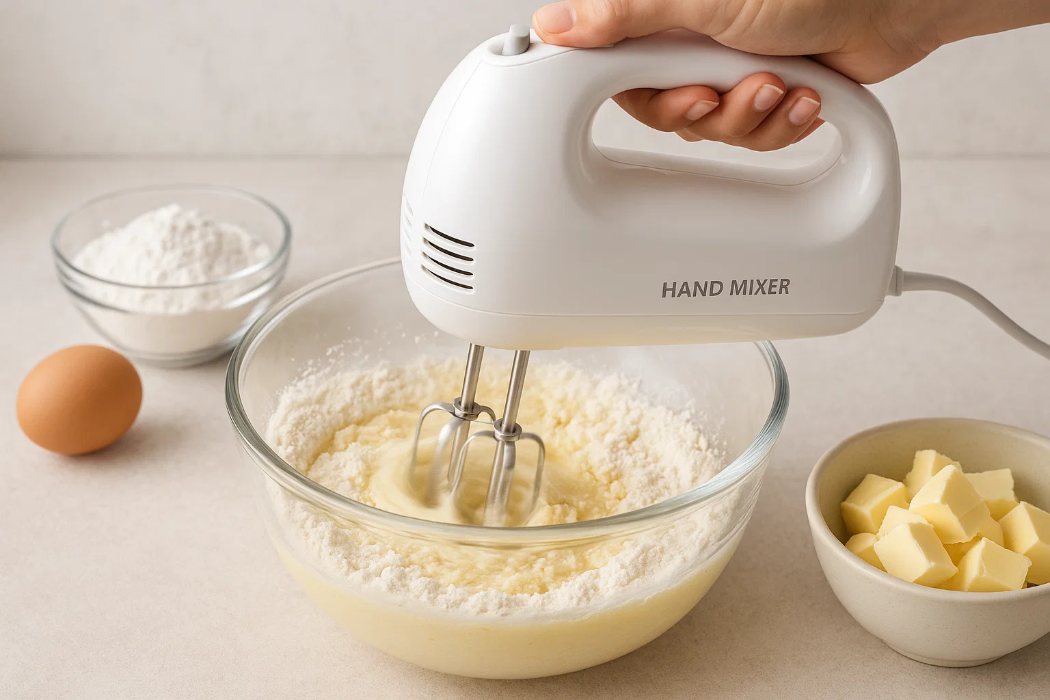
 +86-18768503690
+86-18768503690